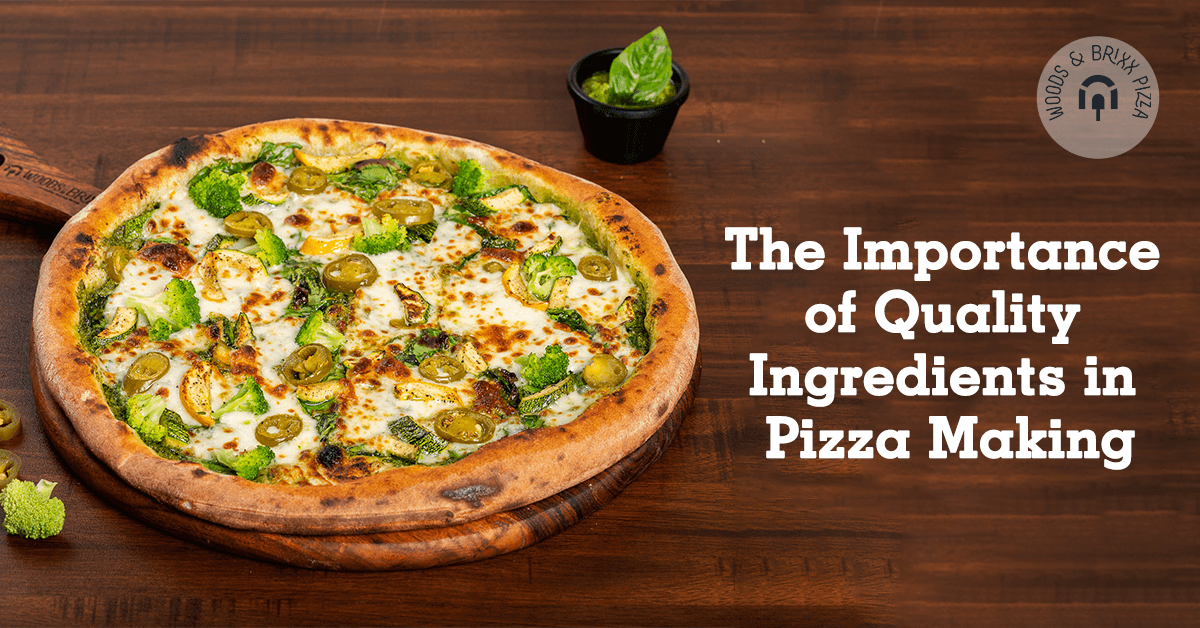- Carbohydrates:The main source of energy in garlic bread comes from carbohydrates, primarily from the bread. Carbohydrates provide fuel for the body and brain.
- Protein:While not a significant source, there is some protein in garlic bread, mainly from the flour used to make the bread. Protein is essential for tissue repair and overall body function.
- Fats:Garlic bread often contains fats, especially if butter or oil is used to spread on the bread. Fats contribute to flavor and texture and are a source of energy.
- Fiber: Depending on the type of bread used, garlic bread may contain some dietary fiber. Whole-grain or whole-wheat bread varieties provide more fiber, promoting digestive health and helping with satiety.
- Vitamins and Minerals: Garlic itself is rich in certain vitamins and minerals, such as vitamin C, vitamin B6, manganese, and selenium. However, the amounts in a serving of garlic bread may not be substantial, as garlic is usually used in small quantities for flavor.
- Allicin (Bioactive Compound): Garlic contains allicin, a bioactive compound known for its potential health benefits, including antimicrobial properties and cardiovascular support. The concentration of allicin can vary depending on how the garlic is prepared and cooked.
Popular Pizza's
Neapolitan Pizza || Naples Wood-Fired pizza || Difference between Classic pizza and Neapolitan pizza
